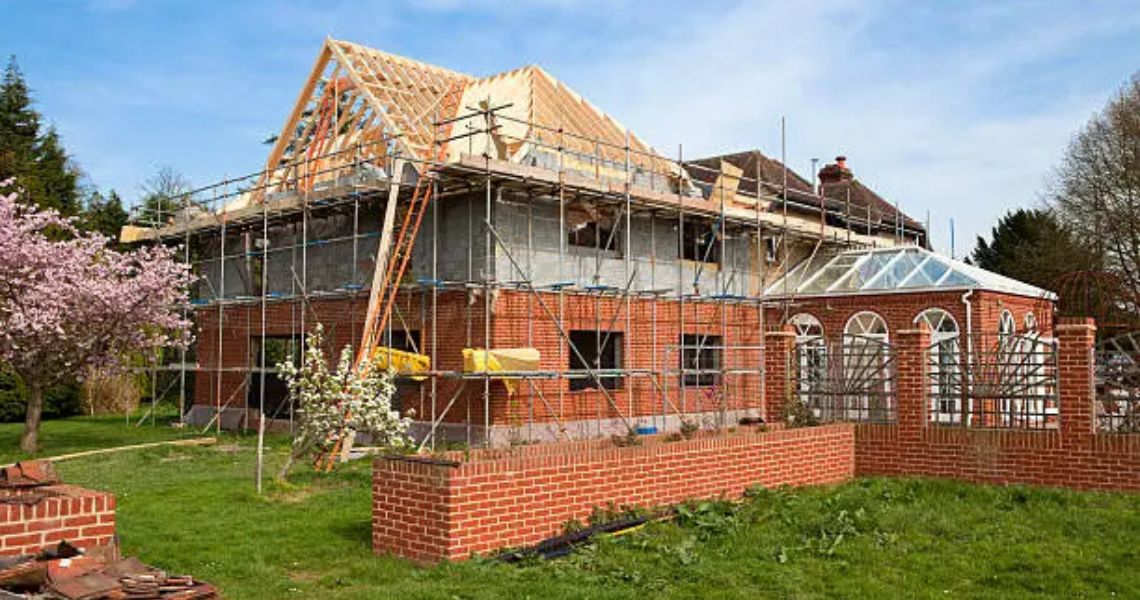Access to light is crucial in interior design. When a home feels dull and dim, it can create a depressing atmosphere that negatively impacts the mood of everyone living in it. On the other hand, a home that feels bright and airy tends to create a more uplifting and enjoyable environment.
Often, the key difference between these two experiences can be achieved through a few simple changes. Let’s explore how you can transform and brighten your home into a more welcoming space.
Embrace Natural Light

The best possible source of light comes from the sky outside. The more natural light you can get into the space and the more easily it can spread, the better. This tends to mean installing larger windows and skylights – but often you can simply change your window dressing to solve the problem. Big, heavy curtains can often end up overwhelming smaller windows, creating shadows on either side. Swapping them out for lightweight blinds can therefore be a great way to increase the amount of light in the room.
Incorporate Reflective Surfaces
All surfaces reflect light. The key difference is that mirrored surfaces are less rough than, say, walls, which means that the light will move in a predictable way, rather than simply being diffused straight into the surrounding area. This means you can often use mirrors to direct the flow of light through the space.

In some cases, you might even use mirrors to directly light a particular area. This can be great for creating visual accents. An LED-powered contemporary mirror might contrast nicely with an exposed stone wall, for example. On the other hand, incorporating illuminated mirrors can brighten up a living space, too.
Opt for Light Colour Palettes
It’s almost a design truism that darker rooms tend to feel smaller. Brighter ones, by contrast, tend to feel more spacious. This is because dark-coloured objects, by definition, absorb might light than brightly-coloured ones. If you’re decorating a smaller room, therefore, light and airy colours might be considered the default. On the other hand, you might achieve a bold, striking effect by departing from this convention, and going for something eye-catching and oversaturated. Just make sure that you’ve thought through the lighting implications carefully to help brighten your home.

Update Your Lighting Fixtures
The lighting fixtures themselves might also be switched around. This is where you might listen to your own personal preferences. You might also consider swapping out traditional bulbs for smart bulbs, whose colour and intensity can be changed with the help of a simple remote-control app. You might even dim your bulbs at certain times of day, which over time will make them cheaper to run.
Images courtesy of unsplash.com and pexels.com












